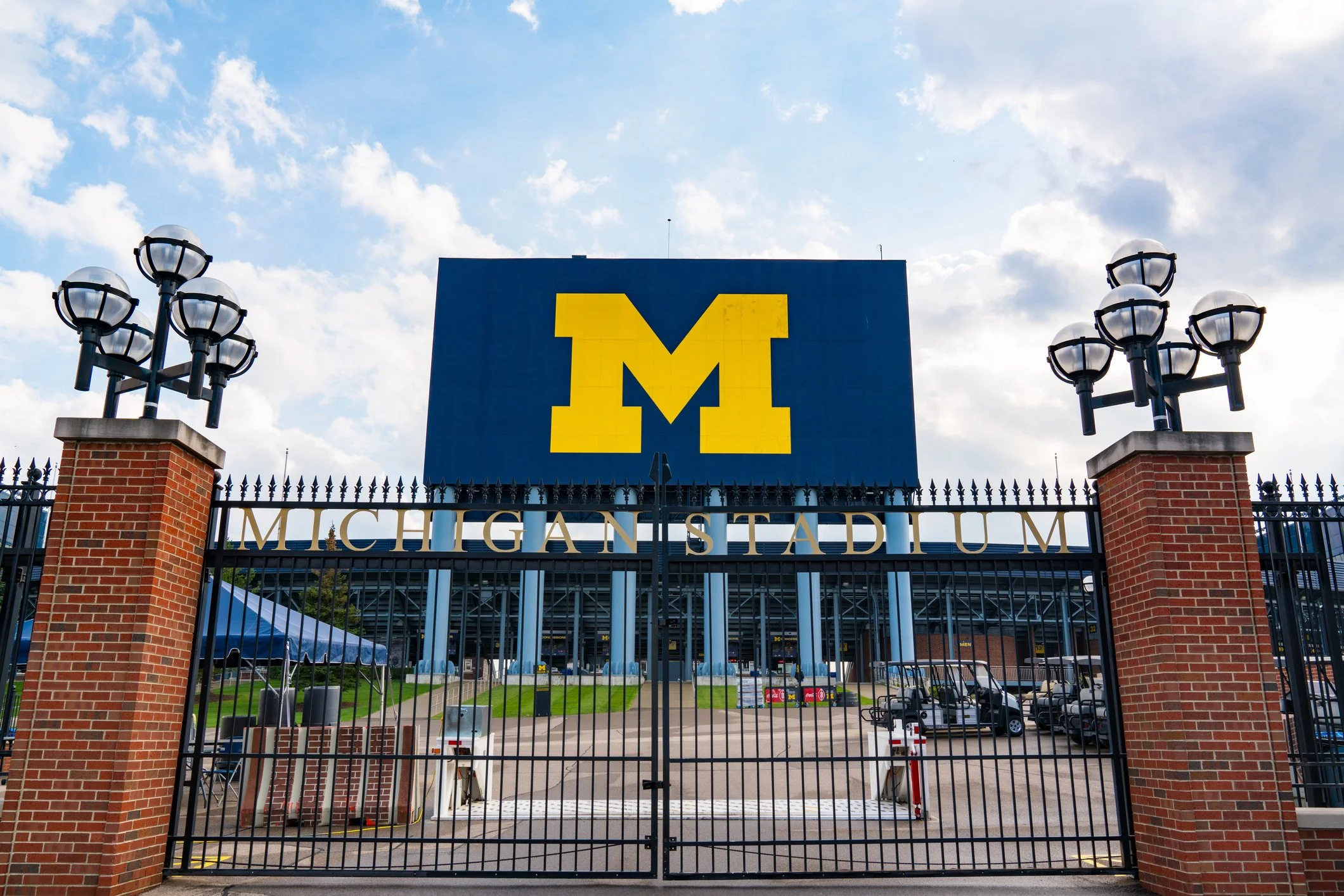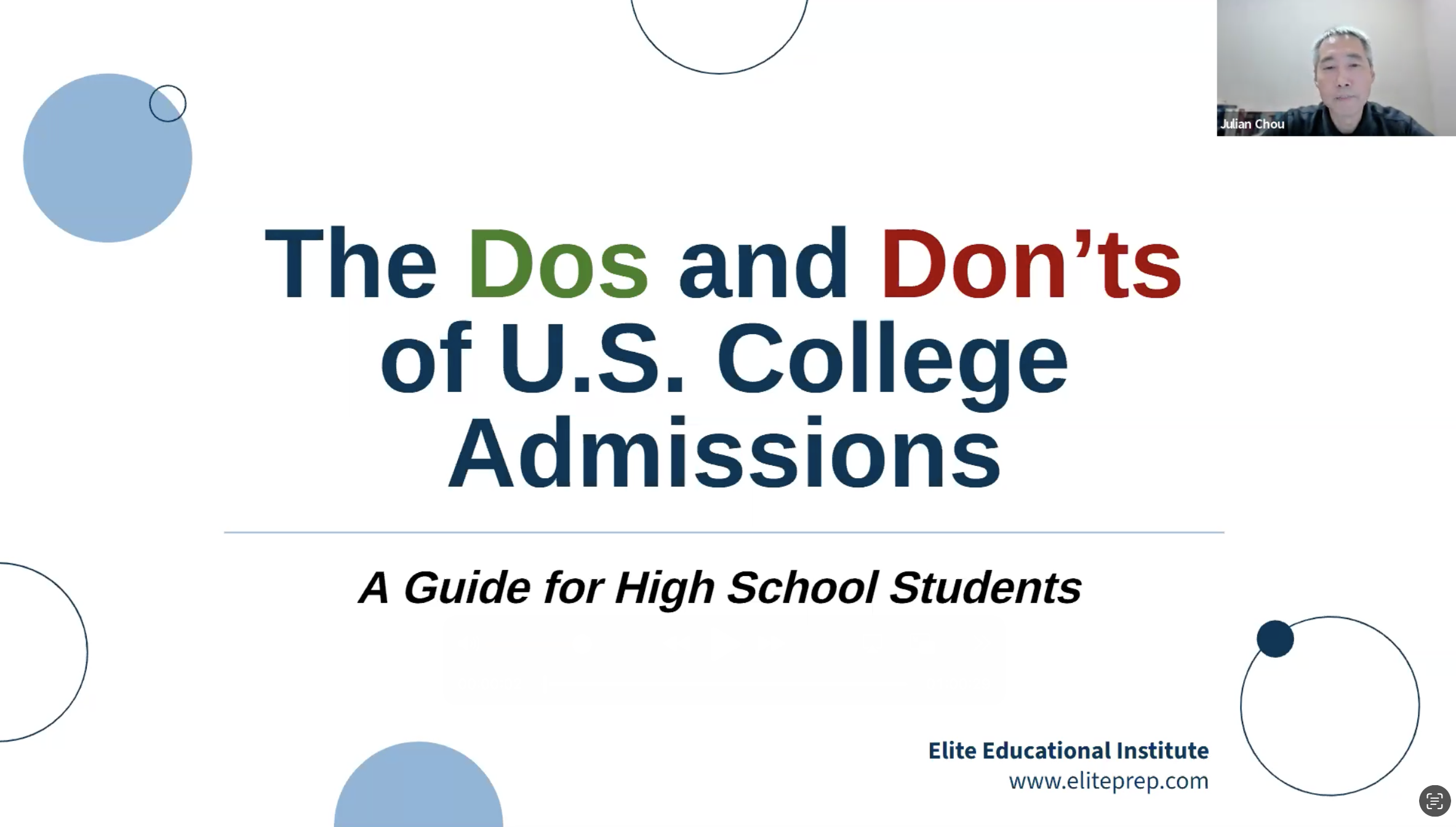Accelerated or straight medicine programs in the United States provide an exceptional opportunity for high school students to pursue their passion for medicine by applying to medical school at the same time they apply to college. These programs, also known as BS/MD or BA/MD programs, allow students to seamlessly transition from undergraduate studies to medical school, saving them time and reducing the stress associated with the traditional medical school application process. In this article, we will discuss tips and strategies for a successful accelerated or straight medicine program application, as well as highlight ten colleges and universities in the United States that offer these programs.
Read MoreCollege consortiums in the United States offer students enriched academic and social experiences by pooling resources across member institutions. These alliances allow students to take advantage of a broader curriculum, shared facilities, and a greater variety of social and extracurricular activities. Let's explore some prominent college consortiums and the unique benefits they offer to students.
Read MoreWhen selecting a university, students often face a crucial decision: should they attend a highly selective private university with a smaller undergraduate enrollment (5,000–8,000 students) or opt for a selective public research university with a larger student body (30,000–50,000 students)? Each type of institution offers unique advantages, and the best choice depends on a student’s academic goals, career aspirations, and preferred learning environment. Below, we explore the relative benefits of each option.
Read MoreThe University of Michigan recently announced a new binding early decision application plan for first year applicants starting the fall 2026 admission cycle. Applicants must apply by November 1, submit financial aid by November 15, and will receive a decision by end of December, with commitment by mid‑January. This option now sits alongside Michigan’s existing nonbinding early action, which also has a Nov 1 deadline but delivers decisions in late January and allows a May 1 commitment.
Read MoreUnderstanding the differences between NCAA Division I, Division II, and Division III athletic programs is essential for students seeking athletic scholarships. In this article, we will explore the college athletic recruitment process and delve into the distinctions between the three divisions. Additionally, we will provide valuable tips and strategies for high school students to effectively capture the attention of college coaches.
Read MoreHere's a detailed breakdown of the admission requirements, application process, and timeline for U.S. students seeking to apply to UK universities, especially through UCAS (Universities and Colleges Admissions Service), which handles nearly all undergraduate applications.
Read MoreHere are the top 10 colleges and universities in the UK, including their top bachelor's majors, locations, U.S. admission rates, and average cost of attendance.
Read MoreAs high school students in the United States plan their futures, many naturally look to domestic colleges and universities. However, studying abroad—particularly in the United Kingdom—offers a compelling alternative with numerous advantages. From accelerated degrees to cultural enrichment, the benefits of attending a UK university are both practical and personal.
Read MoreJoin us for this free webinar recording and learn what students from the class of 2025 did to get into top colleges and universities!
Read MoreThe college admissions process is a daunting journey for high school students seeking to continue their education at esteemed institutions. Among the plethora of factors that influence the admission decision, one aspect that has garnered increasing attention in recent years is "demonstrated interest." Demonstrated interest refers to a student's level of engagement and enthusiasm for a particular college or university.
Read More










